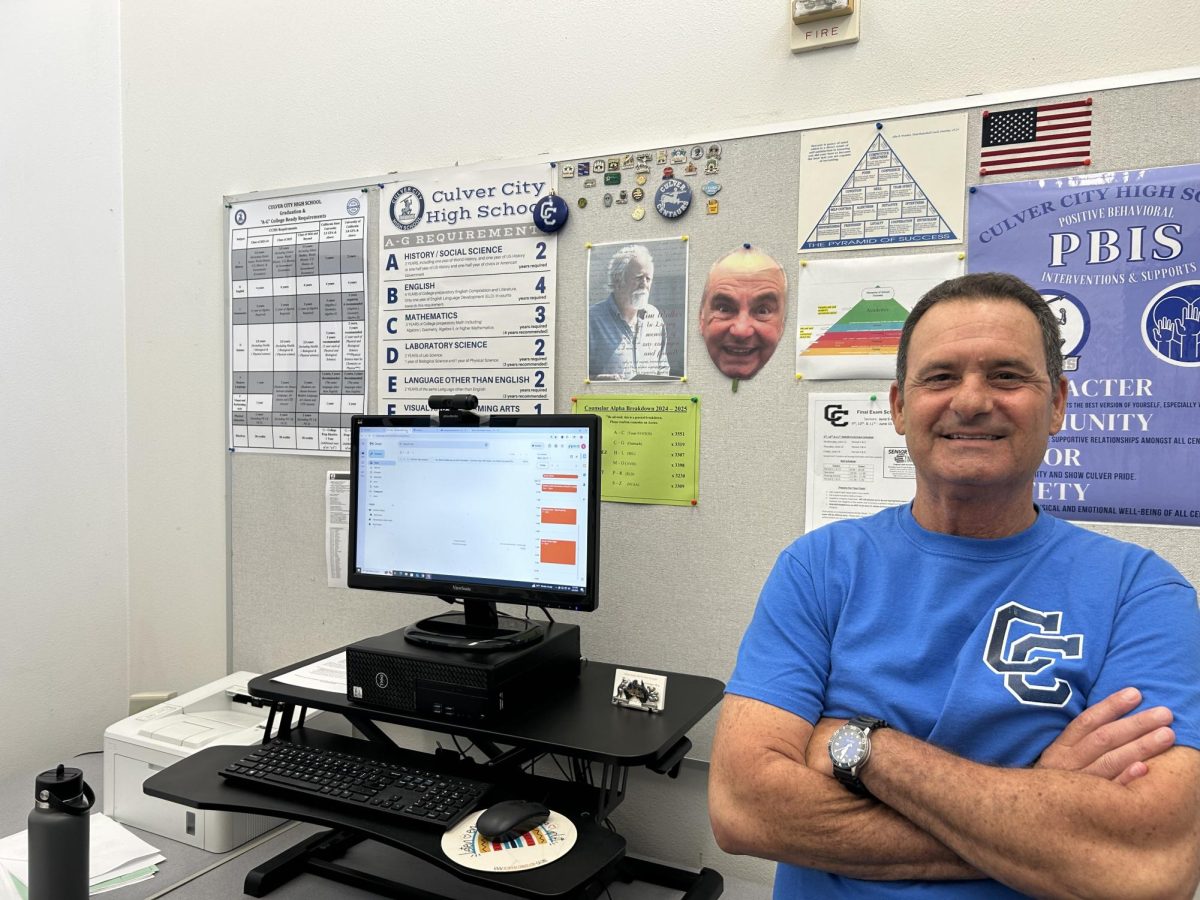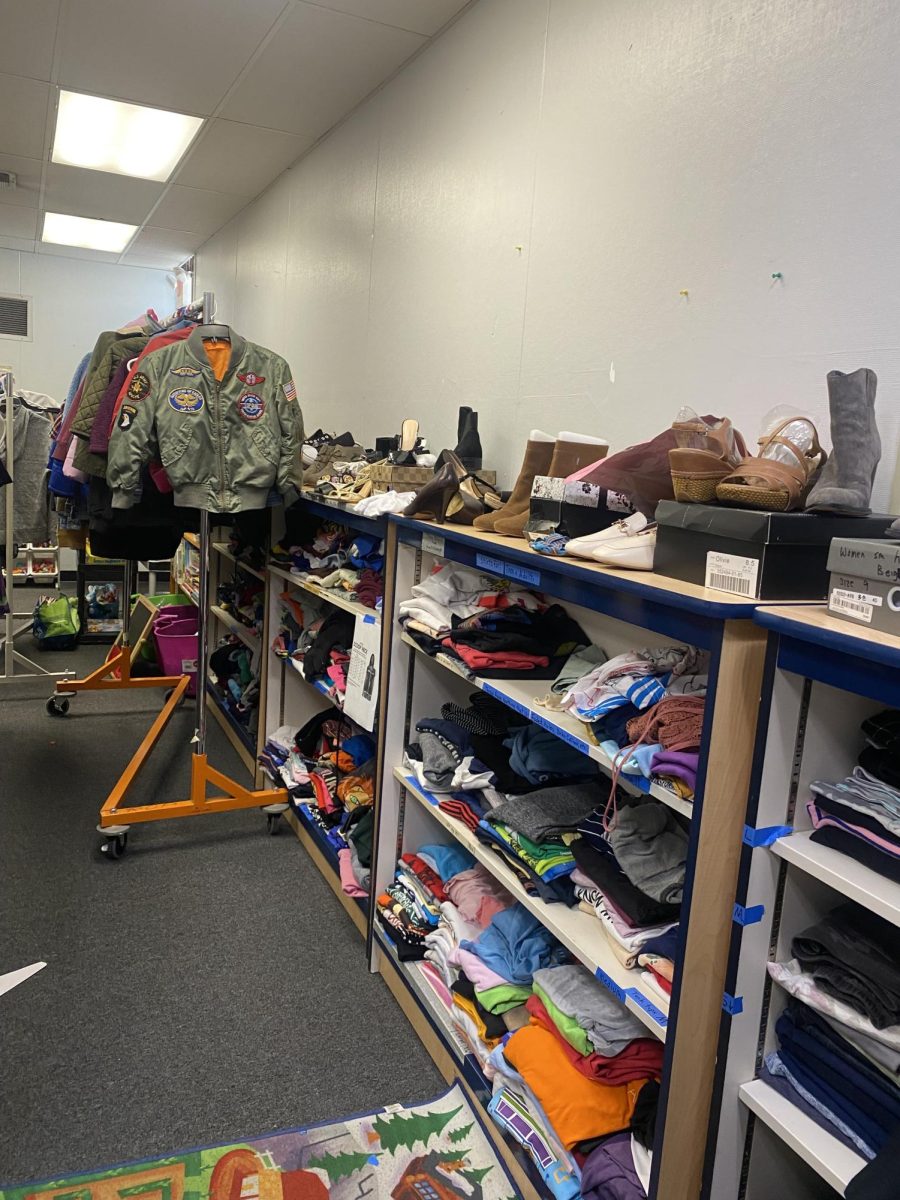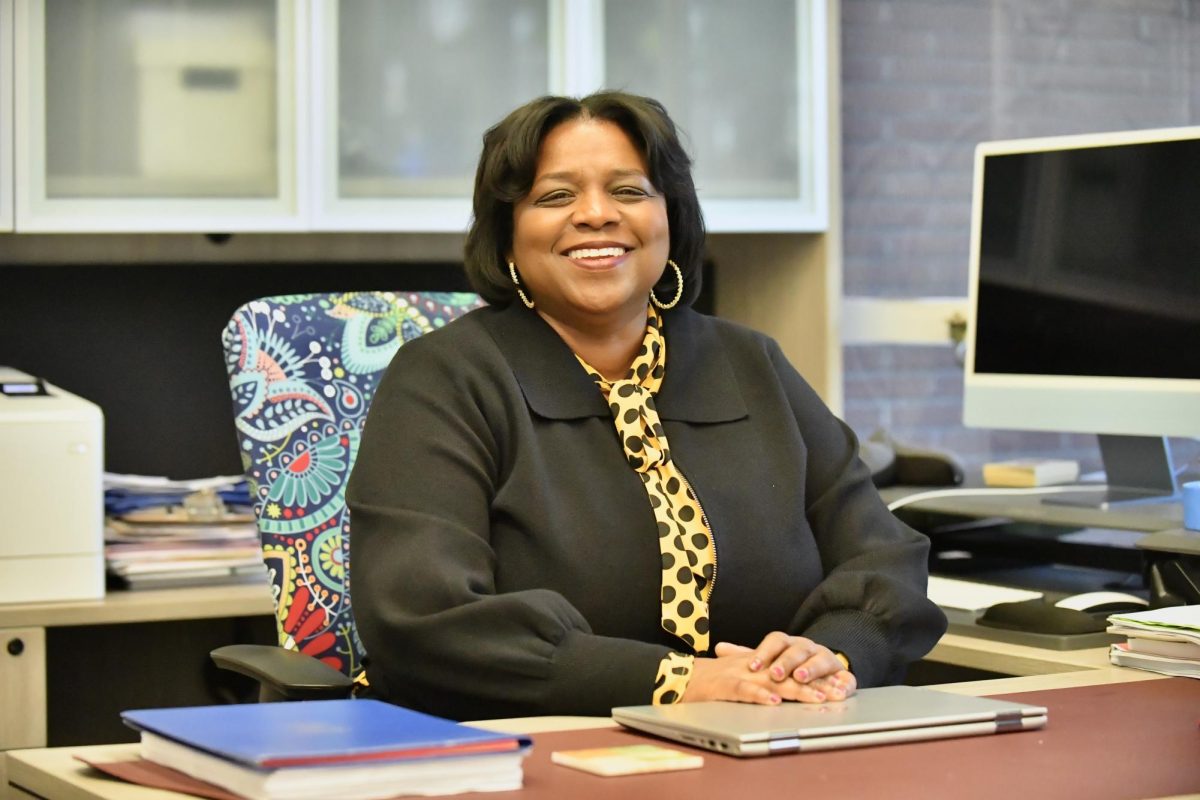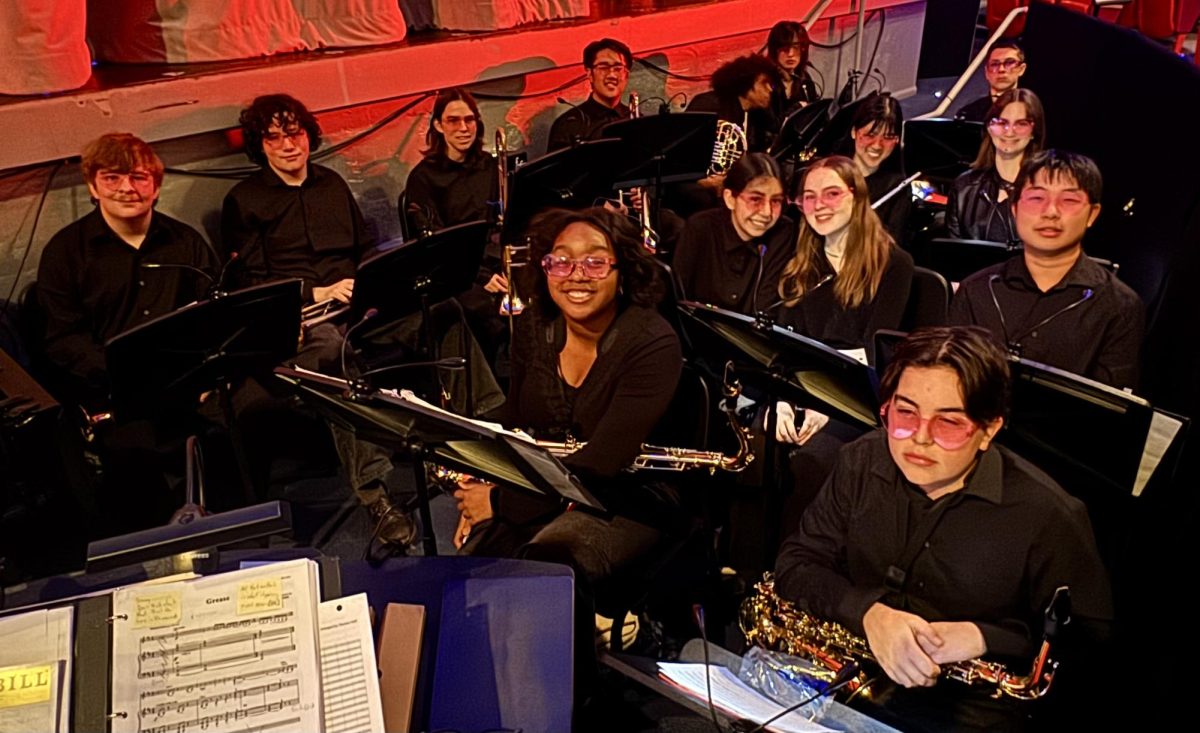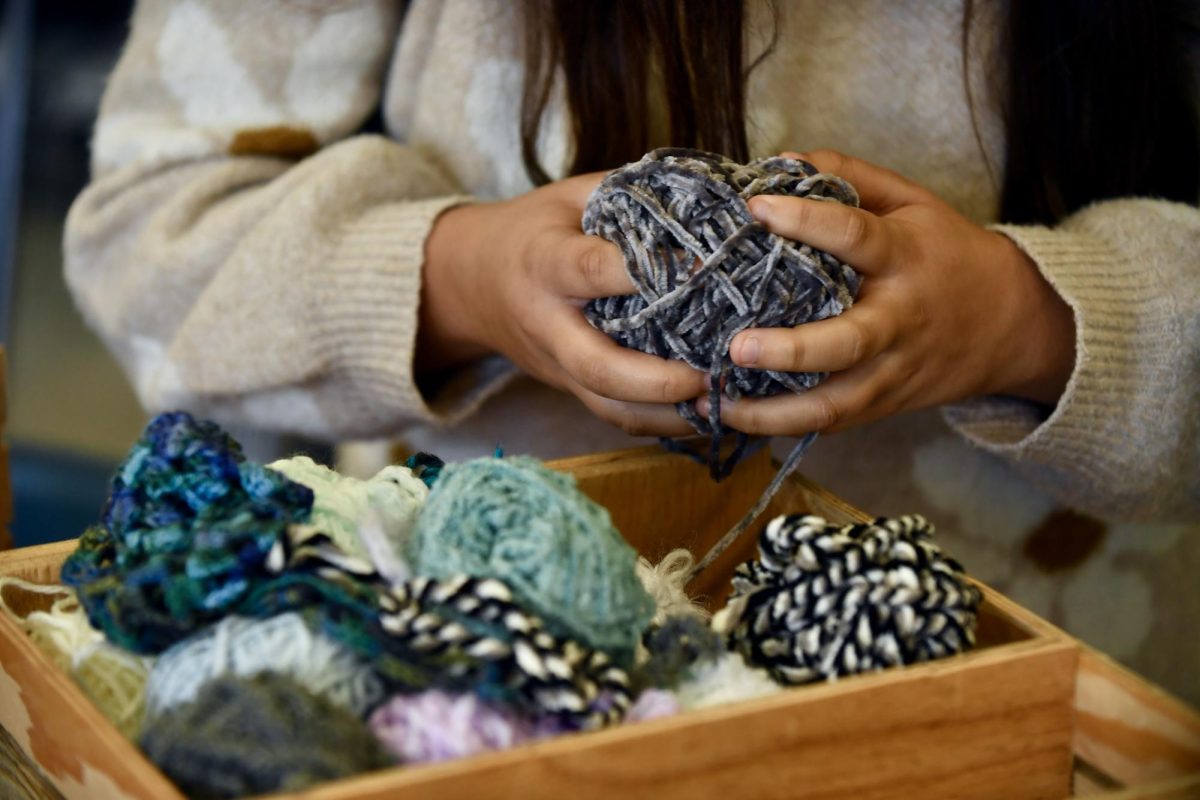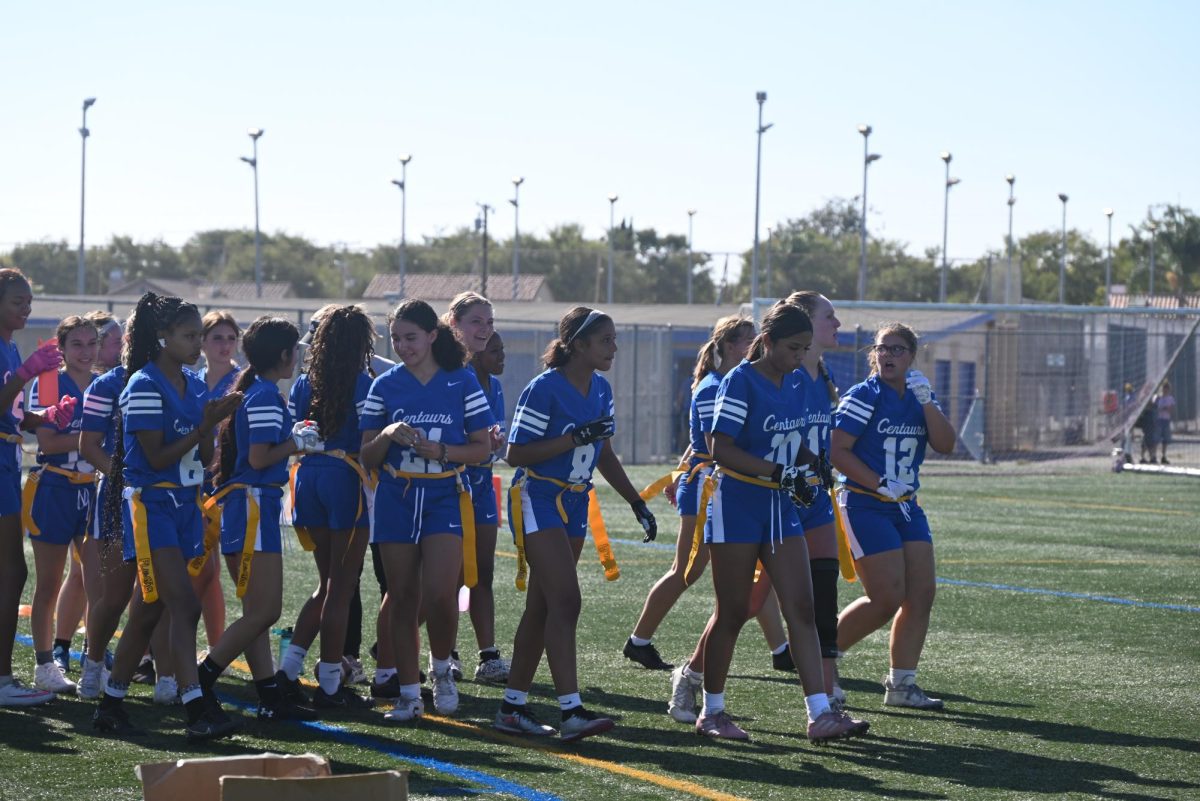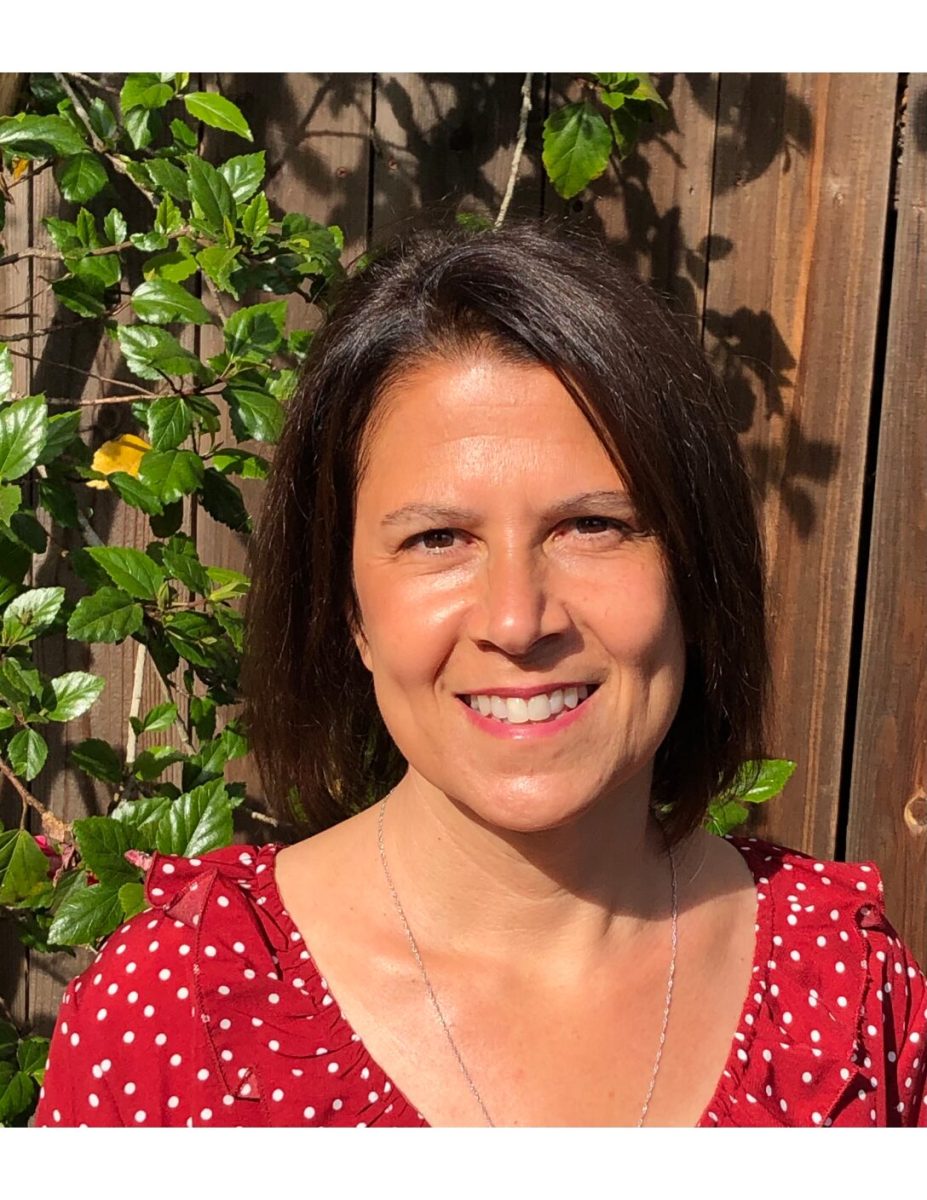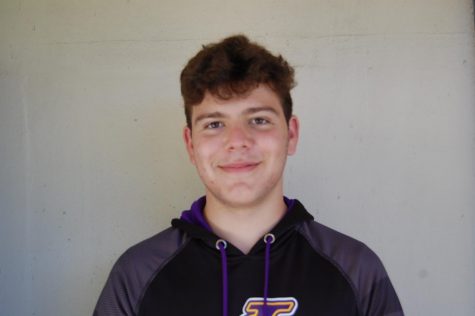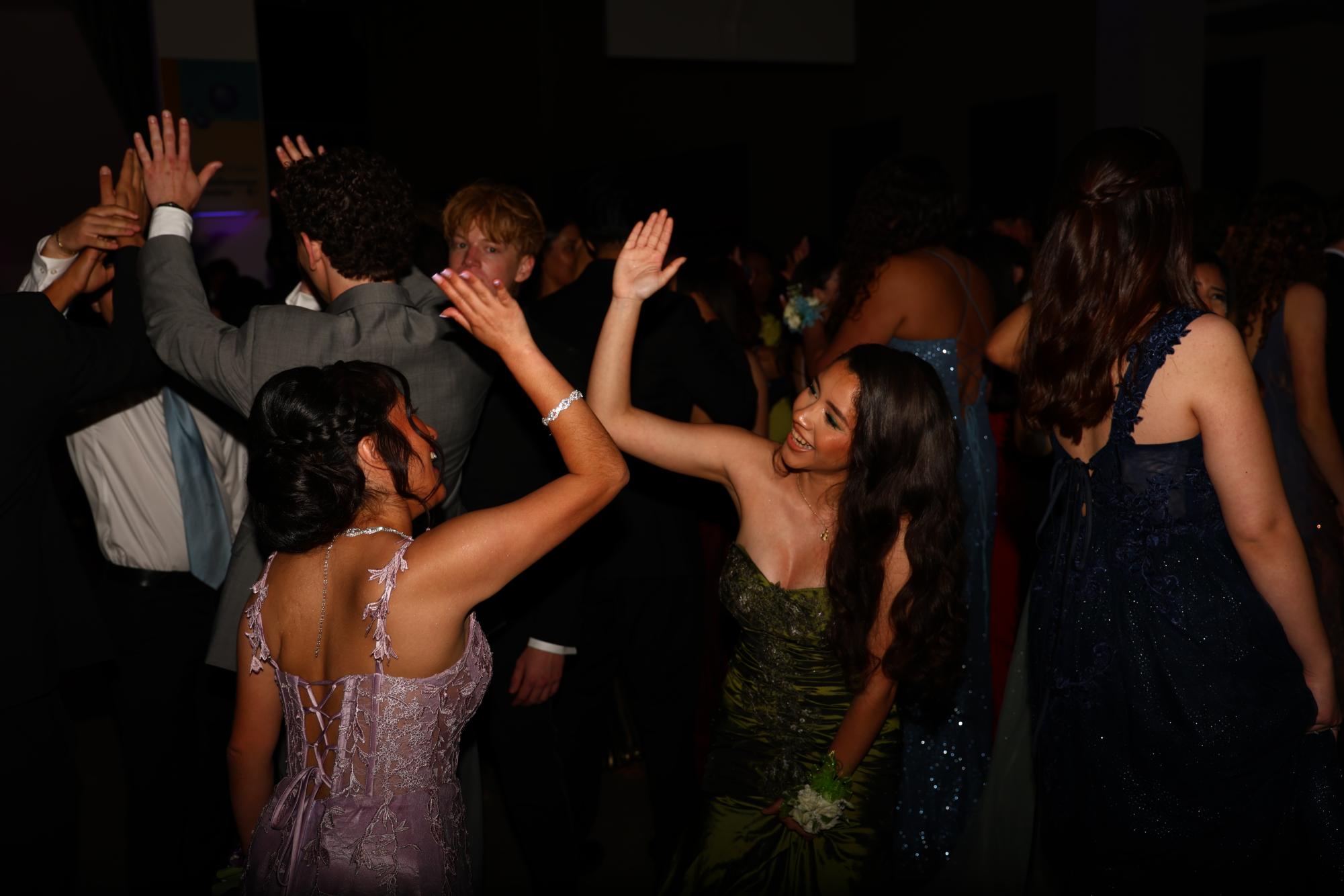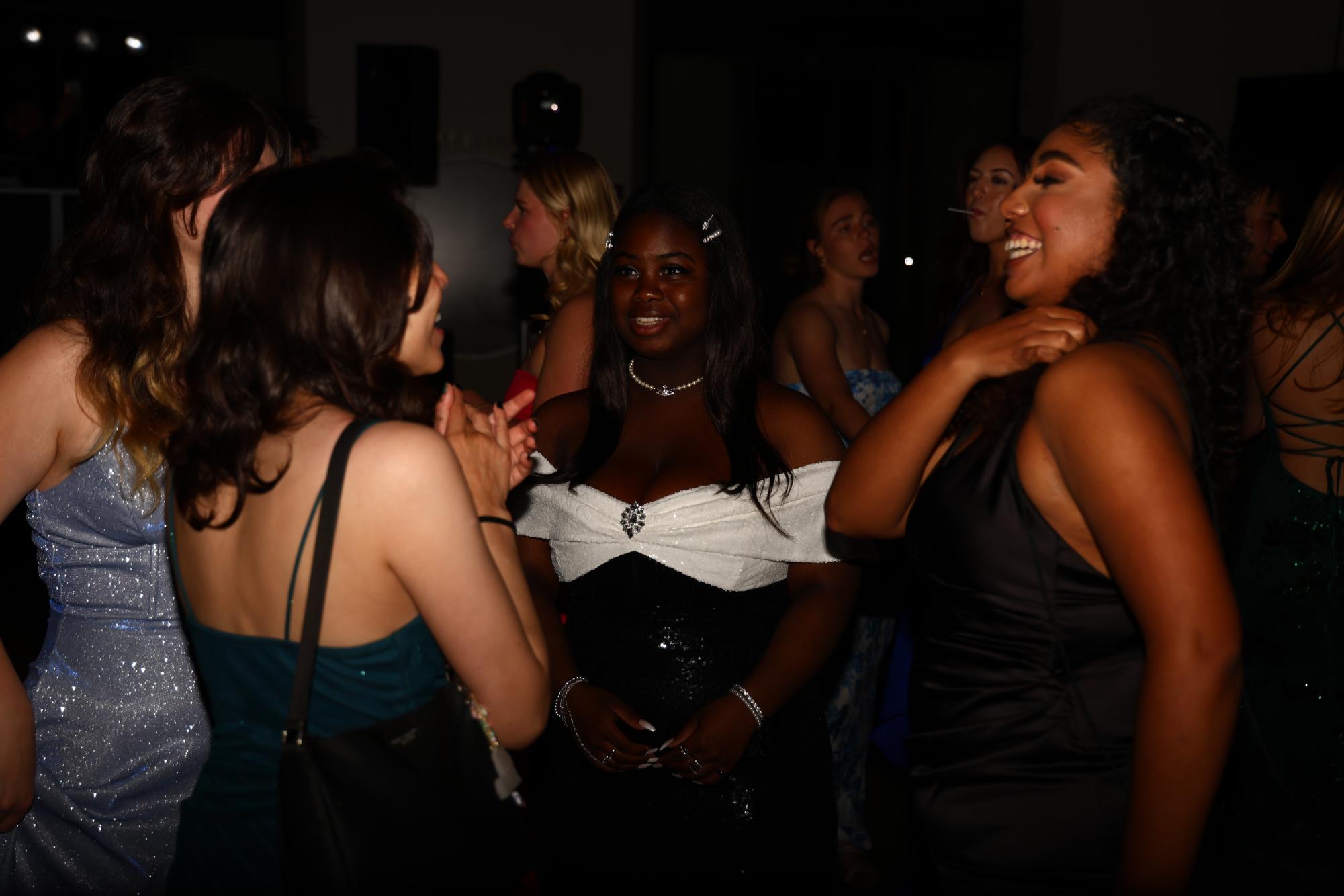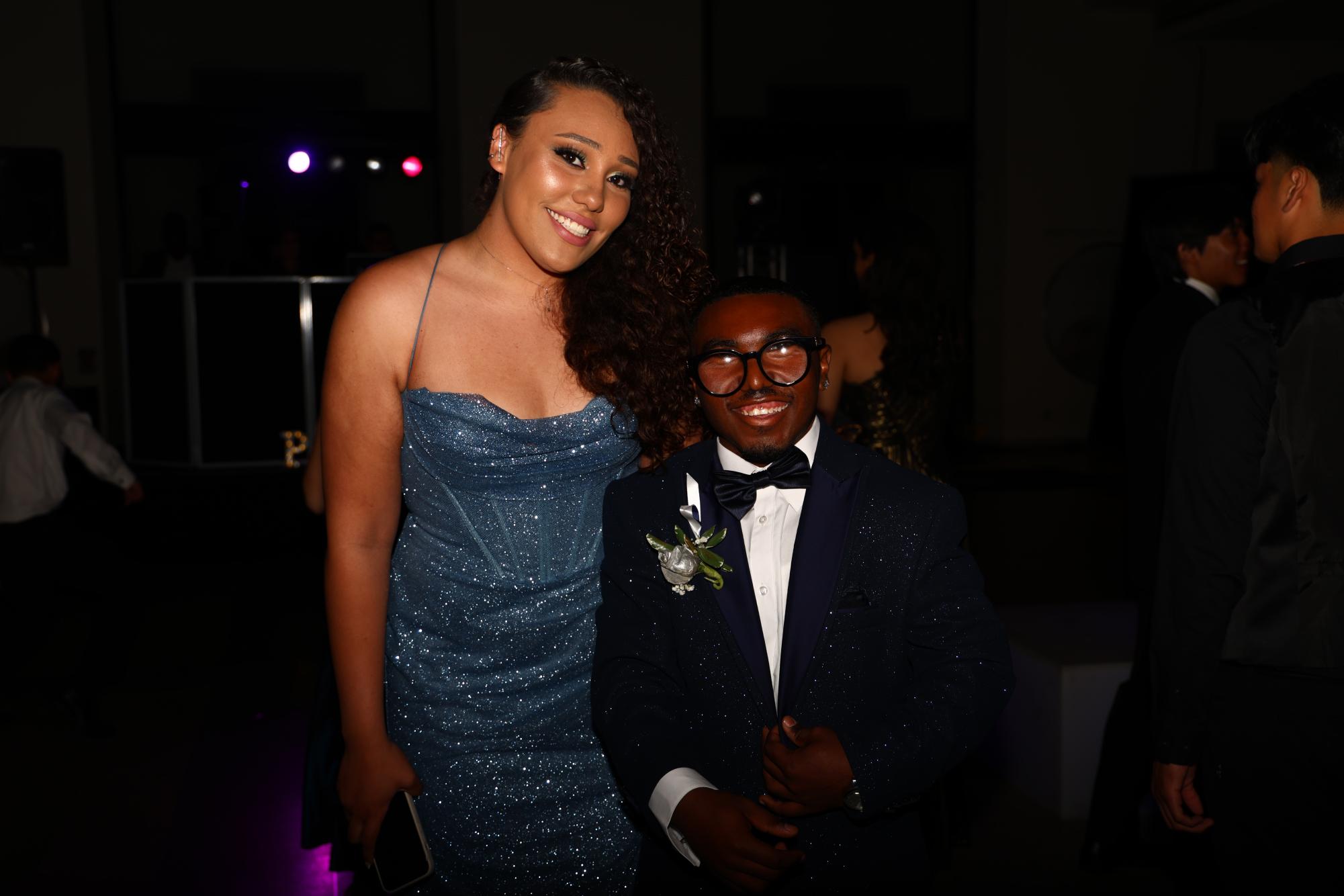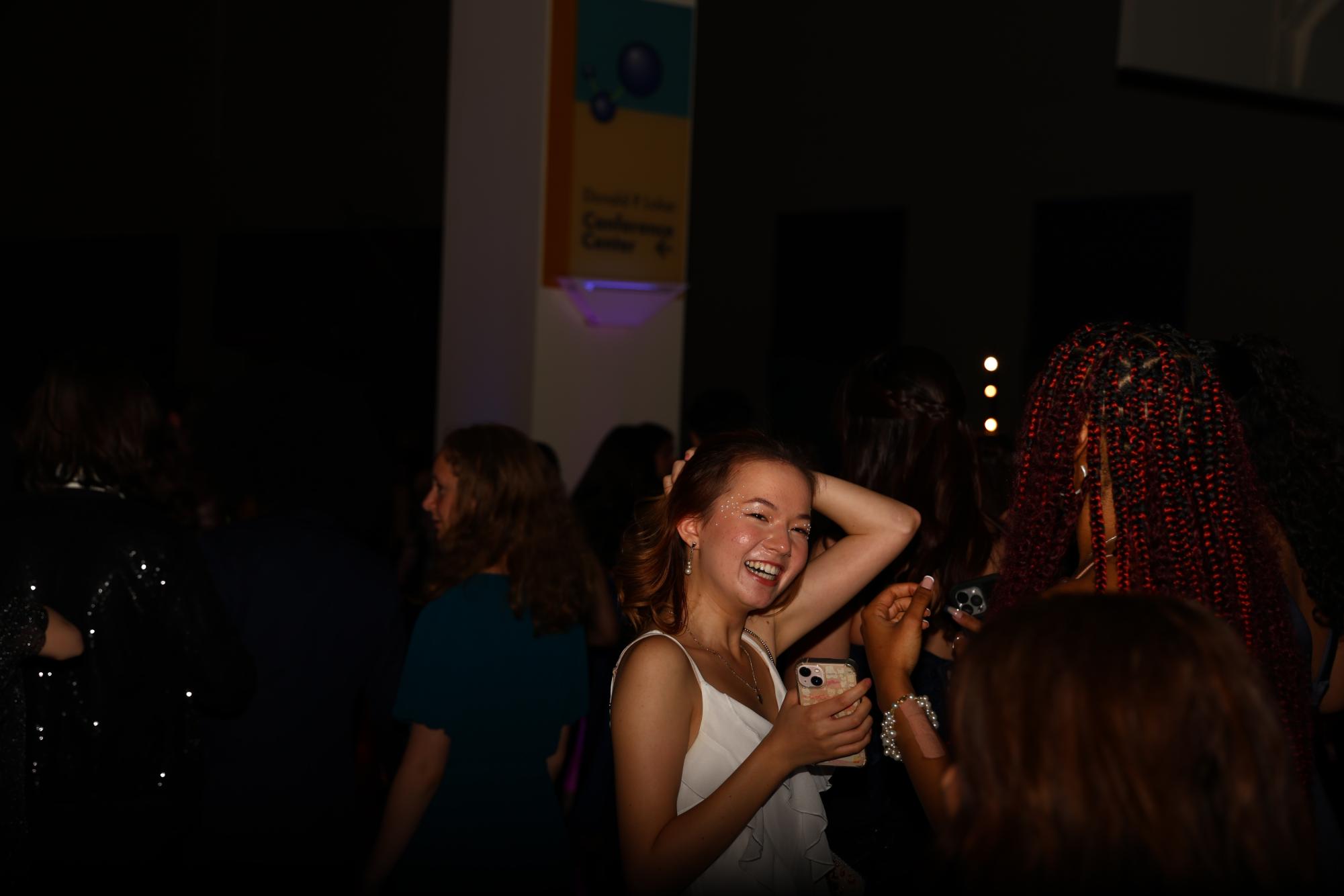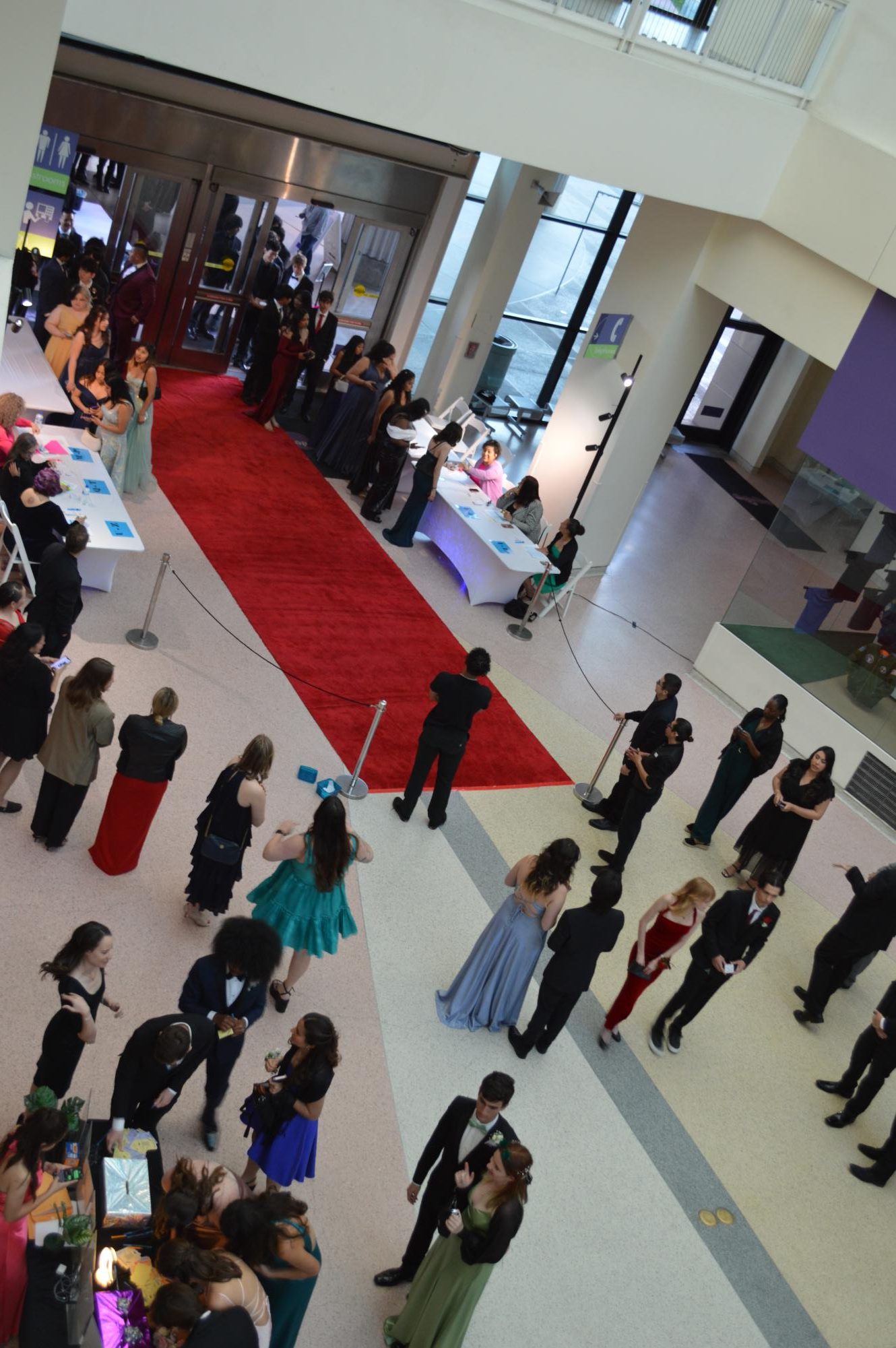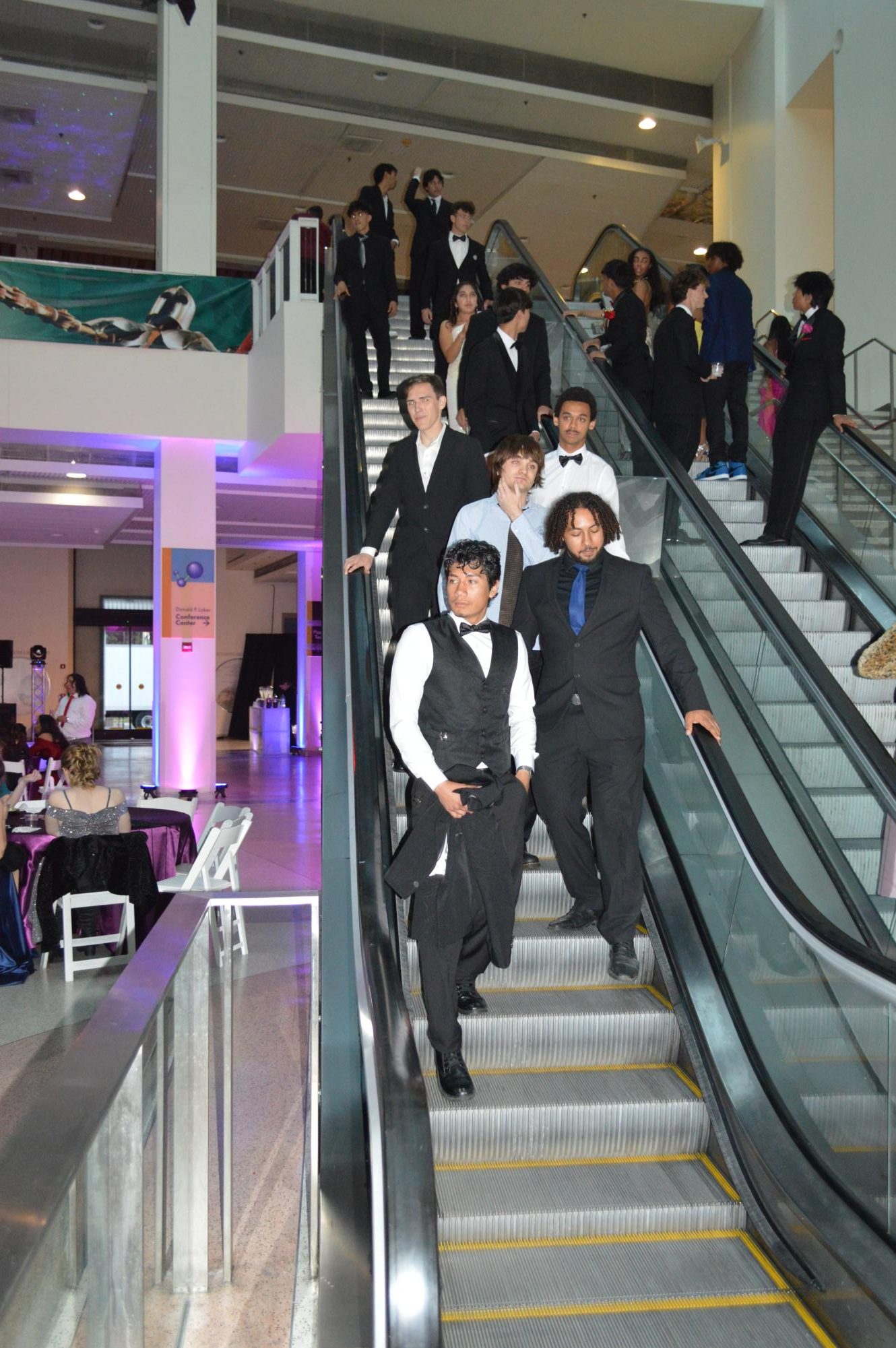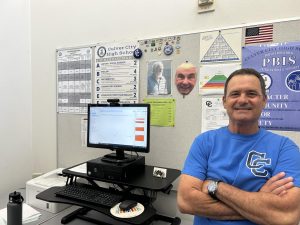Hybrid Learning: The Perspective from Home
May 17, 2021
On April 19, freshmen and seniors had the option to attend school in person, and by April 26 sophomores and juniors as well, giving all students the opportunity to return to campus if they wished. Teachers have had to take on many new responsibilities as they now have to manage an entire Zoom setup that includes sharing their screen, reading the chat, and participating with Zoom attendees in addition to having to interact with their in-person classroom.
Despite these new responsibilities, the teachers have been creative and resourceful, and the students who are participating from home are still engaging in positive student-teacher interactions. Many students who chose to stay home were worried that it would be easy for teachers to forget about their computer and get carried away with teaching the in-person students in their classroom. However, teachers have been using multiple monitors to project the Zoom class onto their boards so they don’t have to change to a whiteboard or traditional teaching style, enabling both kinds of students to learn at the same time without disadvantages. Of course, students who are attending in person can more easily get the teacher’s attention just by raising their hand, and there’s no question that teachers have been able to more rapidly help the in-person students, but the at-home students still have access to a fairly efficient way of getting the teacher’s attention. The teachers have two monitors next to each other. One displays what they are teaching for the class, and the other displays the chat and students that have virtually raised their hands. It might take longer for them to address all of the things that come up on their side monitor, but is by no means slow.
Teachers have also found clever solutions to problems specific to their classes during distance learning. For example, Dr. Balatayo, an English teacher, has a portable microphone that she passes between students in her classroom so that the students at home can hear what the students in the classroom have to say during class discussions and respond to them. Ms. Harding, a Spanish teacher, found a way to amplify audio recordings so that both students in the classroom and at home could practice the listening portion of the AP exam without a delay in the sound. Dr. Yen, a math teacher, has found a way to help both kinds of students during active practice sessions, even when she’s away from the computer. Active practice is when students work individually and the teacher moves around the room to help. Dr. Yen sets her audio loud enough to be able to move around the classroom and help students on the physical whiteboard with a marker, but also hear virtual students and easily switch back to Zoom to help students on the virtual whiteboard with her mouse.
Worrying about receiving a lower standard of teaching, a big discussion topic for the at-home students, seems to no longer be a problem after viewing how teachers have adapted to the situation. Our CCHS teachers have been incredibly resourceful, and it seems that each day they are getting better at dealing with hybrid learning.
